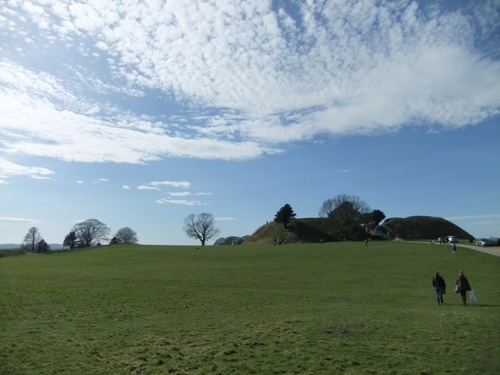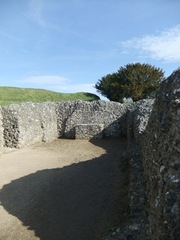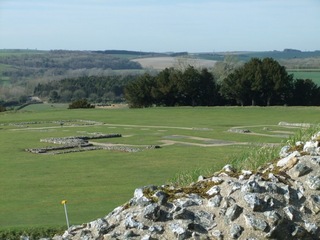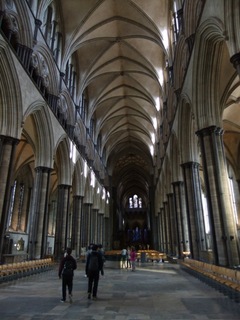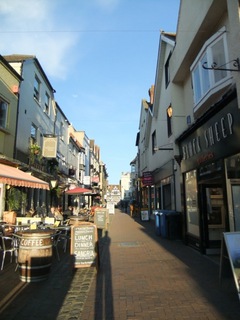Happy Spring Equinox! And what better way to celebrate than a trip to Stonehenge! (So as not to give a false impression, we went the weekend before the Equinox, and ended up with good weather unlike yesterday.) I’ve of course heard about Stonehenge and fell in love with it’s mysterious history and the stories that surround it.
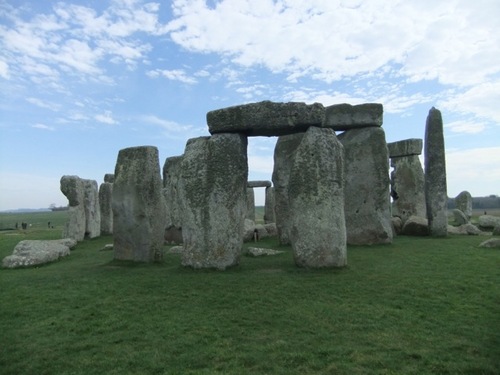 My favourite fantasy reference about Stonehenge comes from Michael Scott’s Secrets of the Immortal Nicholas Flamel is that it lies on the convergence of ley lines (lines on the Earth marked by landmarks) and that by harnessing the magical energies along these lines, one can warp along them and land at another convergence point.
My favourite fantasy reference about Stonehenge comes from Michael Scott’s Secrets of the Immortal Nicholas Flamel is that it lies on the convergence of ley lines (lines on the Earth marked by landmarks) and that by harnessing the magical energies along these lines, one can warp along them and land at another convergence point.
It’s astonishing that thousands of years ago, people knew about the patterns of the sun and the seasons and were able to construct a henge along the axes of the solstices without modern building technology. As a maths student, I really appreciate it’s geometry, so I took pictures along the various solstice axes:
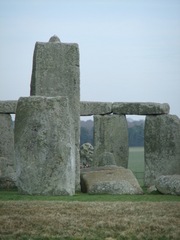
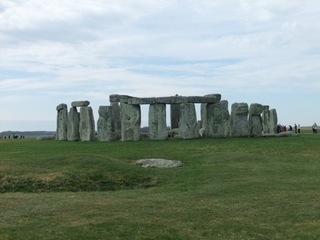
Summer (left: from behind, facing the point of sunrise; right: from the Heel Stone, facing the Slaughter Stone)
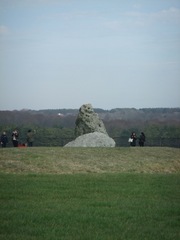
Winter (from the point of sunset, facing the Heel Stone)
Fun fact: Stonehenge has a front and a back. The front heads to the northeast along the axis of the summer solstice and there is a 2-mile approach from the river Avon.
I was surprised by the abundance of burial mounds surrounding the site. They were built atop neighbouring hills overlooking Stonehenge. From Stonehenge, one can’t turn without seeing several on the horizon:
 Following Stonehenge, we visited Old Sarum, a man-made hilltop upon which a medieval city once sat. Though the hill and earthwork remain, very little remains of the buildings. Only the foundations of the castle remain, and all that is left of the cathedral is a blueprint of the walls.
Following Stonehenge, we visited Old Sarum, a man-made hilltop upon which a medieval city once sat. Though the hill and earthwork remain, very little remains of the buildings. Only the foundations of the castle remain, and all that is left of the cathedral is a blueprint of the walls.
The view from the top was gorgeous; here’s Salisbury, and one can see the spire of Salisbury Cathedral tower over the city:
 Salisbury itself is, as we came to agree, quintessentially English, primarily because of the English style of architecture that pervades each of the buildings. We had time to walk around the city and go through the market as well as tour the inside of the cathedral.
Salisbury itself is, as we came to agree, quintessentially English, primarily because of the English style of architecture that pervades each of the buildings. We had time to walk around the city and go through the market as well as tour the inside of the cathedral.
Cheers!
Location: Salisbury, UK
Loading map...



